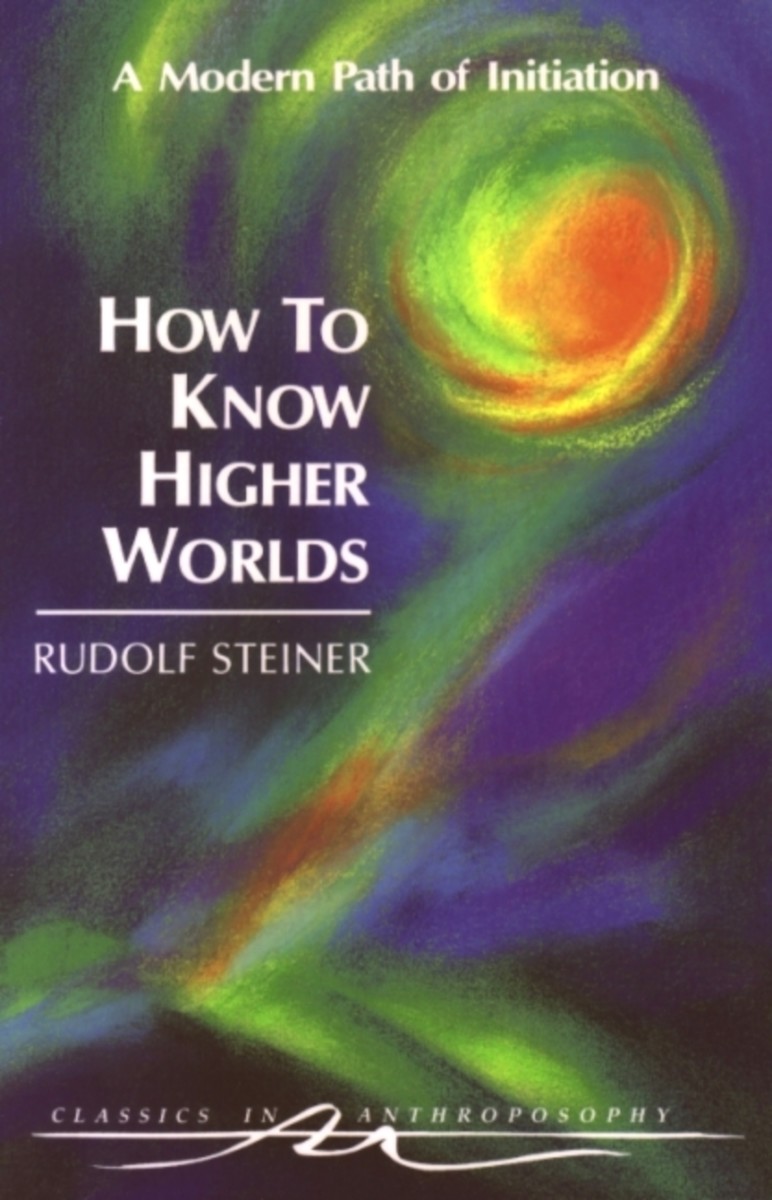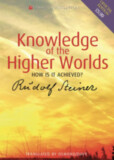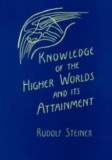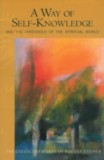- Publisher
SteinerBooks - Published
1st January 1994 - ISBN 9780880103725
- Language English
- Pages 288 pp.
- Size 5.25" x 8"
Published in 1904 (CW 10)
“While we cannot all instantly become ‘seers,’ the cognitive insights of a person who has such vision can nevertheless provide healthy food for all. All of us can apply these insights to our lives; and if we do so, we shall soon realize not only the possibilities of life in every area but also what life lacks when we exclude these insights.” —Rudolf Steiner
This is the bestselling classic account of the modern Western esoteric path of initiation made public by Steiner in 1904. He begins with the premise that “the capacities by which we can gain insights into the higher worlds lie dormant within each one of us.” Steiner carefully and precisely leads the reader from the cultivation of the fundamental soul attitudes of reverence and inner tranquility to the development of inner life through the stages of preparation, illumination, and initiation.
Steiner provides practical exercises of inner and outer observation and moral development. By patiently and persistently following his guidelines, new “organs” of soul and spirit begin to form, which reveal the contours of the higher worlds thus far concealed from us.
Steiner in this important work becomes a teacher, a counselor, and a friend whose advice is practical, clear, and effective. The challenges we face in life require increasingly deeper levels of understanding, and Steiner’s text helps readers to cultivate the capacities for such insights and places them at the service of humanity.
This is Steiner’s most essential guide to the modern path of initiation he advocated throughout his life. It has been translated into many languages and has inspired hundreds of thousands of readers around the world. How to Know Higher Worlds has been admired by some of the most brilliant minds of our time.
This volume is a translation from German of the written work Wie erlangt man Erkenntnisse der höheren Welten? (GA 10).
“A true classic of spiritual literature. It is one of the best ways I know for opening up one’s life to the spiritual realms in a manner that is balanced, integrated, and loving. It is the product of a great soul who pointed out new routes into the interior.”
—David Spangler, author of Blessing: The Art and the Practice“It is not only a personal guide to the spirit, but also a path through self-knowledge to compassionate action in the world.”
—Arthur Zajonc, author of Catching the Light: The Entwined History of Light and Mind
C O N T E N T S:
Foreword by Arthur Zajonc
Prefaces by Rudolf Steiner
1. How to Know Higher Worlds
2. The Stages of Initiation
3. Initiation
4. Practical Considerations
5. Requirements for Esoteric Training
6. Some Effects of Initiation
7. Changes in the Dream Life of the Esoteric Student
8. Achieving Continuity of Consciousness
9. The Splitting of the Personality in Esoteric Training
10. The Guardian of the Threshold
11. Life and Death: The Great Guardian of the Threshold
Epilogue (1918)
Afterword by Arthur Zajonc
Index
Rudolf Steiner
Rudolf Steiner (b. Rudolf Joseph Lorenz Steiner, 1861–1925) was born in the small village of Kraljevec, Austro-Hungarian Empire (now in Croatia), where he grew up. As a young man, he lived in Weimar and Berlin, where he became a well-published scientific, literary, and philosophical scholar, known especially for his work with Goethe’s scientific writings. Steiner termed his spiritual philosophy anthroposophy, meaning “wisdom of the human being.” As an exceptionally developed seer, he based his work on direct knowledge and perception of spiritual dimensions. He initiated a modern, universal “spiritual science” that is accessible to anyone willing to exercise clear and unbiased thinking. From his spiritual investigations, Steiner provided suggestions for the renewal of numerous activities, including education (general and for special needs), agriculture, medicine, economics, architecture, science, philosophy, Christianity, and the arts. There are currently thousands of schools, clinics, farms, and initiatives in other fields that involve practical work based on the principles Steiner developed. His many published works feature his research into the spiritual nature of human beings, the evolution of the world and humanity, and methods for personal development. He wrote some thirty books and delivered more than six thousand lectures throughout much of Europe. In 1924, Steiner founded the General Anthroposophical Society, which today has branches around the world.








